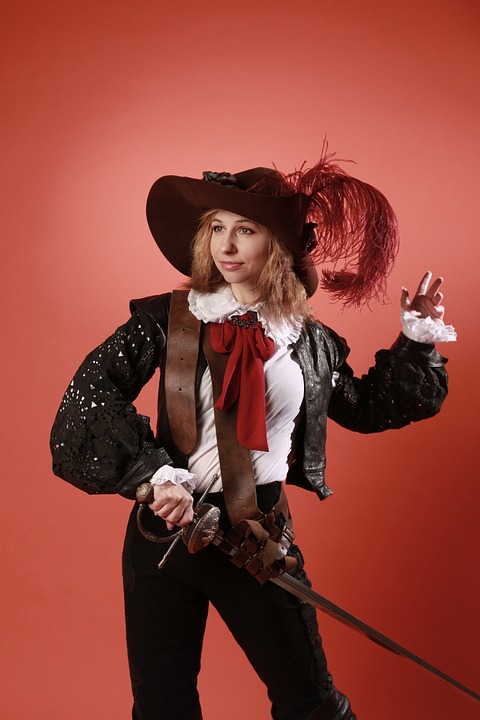The Orthodox Church in 16th Century Russian Villages
In 16th century Russia, the Orthodox Church played a very important role in the daily life of the villagers. The church was not only a place of worship, but also served as a center for social, cultural, and political activities. The Russian Orthodox Church had a great influence on the lives of the common people, and its teachings and practices helped shape the way of life in these villages.
The Role of the Church in Daily Life
The Orthodox Church was the center of village life in 16th century Russia. It was the place where people gathered to worship, socialize, and seek guidance and support. The church was often the largest and most impressive building in the village, its onion domes and colorful frescoes serving as a beacon of faith and hope for the villagers.
Every Sunday, the villagers would gather at the church for the Divine Liturgy, a solemn and ceremonial service that included prayers, hymns, and readings from the Bible. The priest would deliver a sermon, teaching the people about the teachings of the Orthodox Church and urging them to live righteous and moral lives. The church also played a role in celebrating important events in the villagers’ lives, such as baptisms, weddings, and funerals.
The church was not just a place of worship, but also a center for education and culture. The priest was often the most educated person in the village, and he would teach the children to read, write, and do simple arithmetic. The church also had a library, where villagers could borrow books and manuscripts on a wide range of subjects, from theology to history to medicine.
The Church as a Political and Social Institution
In addition to its religious and educational functions, the Orthodox Church also served as a political and social institution in 16th century Russian villages. The church was closely tied to the ruling elite, and often played a role in maintaining law and order in the villages. The priest would often serve as a mediator in disputes between villagers, helping to settle conflicts and maintain peace in the community.
The Orthodox Church also played a role in providing for the poor and needy in the village. The church collected alms from the villagers, which were used to feed the hungry, clothe the naked, and shelter the homeless. The church also operated hospitals and orphanages, providing medical care and education to those in need.
The church also played a role in the economic life of the village. The priest would often act as a steward of the church’s land and property, managing its resources and overseeing its finances. The church owned large tracts of land in many villages, and the income from these properties helped support the church and its activities.
Challenges Faced by the Orthodox Church
Despite its important role in village life, the Orthodox Church faced many challenges in 16th century Russia. The church was often at odds with the ruling elite, who saw it as a threat to their power and authority. The church also faced competition from other religious groups, such as the Old Believers and the Catholics, who sought to convert the villagers to their own faiths.
The Orthodox Church also faced challenges from within. Many priests were poorly educated and ill-equipped to fulfill their duties, leading to a decline in the quality of religious instruction and guidance. The church also struggled with corruption and mismanagement, as some priests used their position for personal gain rather than to serve the needs of the community.
Despite these challenges, the Orthodox Church remained a powerful and influential institution in 16th century Russian villages. Its teachings and practices helped shape the way of life in these communities, and its presence provided comfort and support to the villagers in times of need. The church played a central role in the lives of the common people, serving as a beacon of faith, hope, and guidance in an uncertain world.





